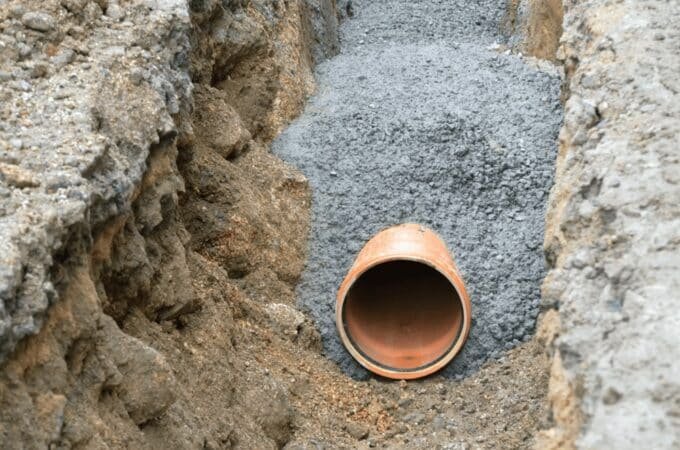
THE PHYSICS OF DISCOVERY OF LEAKS IN PIPES
Reasons to do leakage discovery typically consist of dealing positively with preventing burglary, accidents, and alleviating other issues a risk evaluation might determine. There is typically one more motivation for a reliable safety-oriented layout, fulfilling the formal requirements that put on your scenario.
Discovery rate starts with two fundamental problems from classical physics: the speed at which audio travels through a tool, as well as Newton’s monitoring that in addition to mass, as well as power, momentum is preserved. Pressure events, such as the decline sped up by escaping liquid, travels at the speed of audio in the elastic medium, the fluid, pipeline wall surface, backfill, or whatever it comes across in the process.
With a transmission-length pipe, it can get to almost everywhere in seconds to minutes. Essentially, opening up the pressurized pipeline to ambiance generates a sudden decline in pressure at the leak detection site that proliferates away from the leakage, forwards, and backward the pipe, at the rate of noise. The arrival of this pressure rarefaction wave is the first proof at a surveillance factor that some kind of event might remain in progression on the pipe. It is generally observed by pressure surveillance.
The term “acoustic” is often utilized as a name for a leak discovery technique. The supposition is that leakages make noise that can be listened to. That’s not the case. Also, when it takes place, the distinct waves are mechanical waves, just like pressure rarefaction waves, as well as relocate along at the same rate: the rate of noise.
Adjustments in various other specifications, such as mass circulation rate or thickness, need modifications in energy. Essentially, Newton observed that a mass traveling at a velocity will speed up over time proportionally with the net forces acting on it. In straightforward terms, the pressure distinction across a segment of the pipeline consisting of some mass of fluid will change the velocity of the mass in time.
Depending on the mass, as well as the pressure distinction, it can take fairly time for adjustments in fluid circulation rate, e.g., elements showing modifications in the mass balance, to re-stabilize. Depending upon the situation, this can take minutes to hours. There is nothing anybody can do around this. Regardless of how fast the computer system can run the process needs to do its part and in fact create the adjustments the system is trying to observe as well as assess.
To hire a plumbing service, please visit the link.
Lynn Place is Vice President of Marketing for SolvChem Custom Packaging Division. She has 30 years of professional experience in the manufacturing industry and specializes in consumer packaged goods, new product development and strategic planning.






